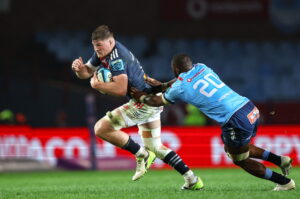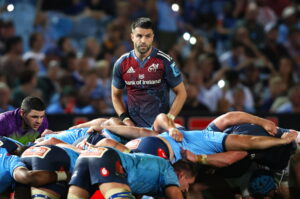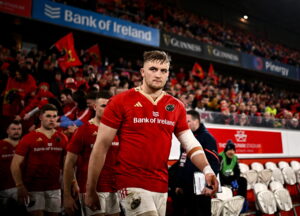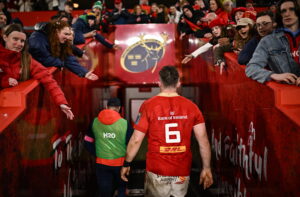The main moral of the story at the end of Ireland’s 27-3 brutalising of Scotland on Saturday was, in my opinion, “don’t give Joe Schmidt nine months to prepare for one game” because when Schmidt gets it right, it can be like trying to play a strategy game you’ve never played before, in Mandarin, and on Super Hard mode.
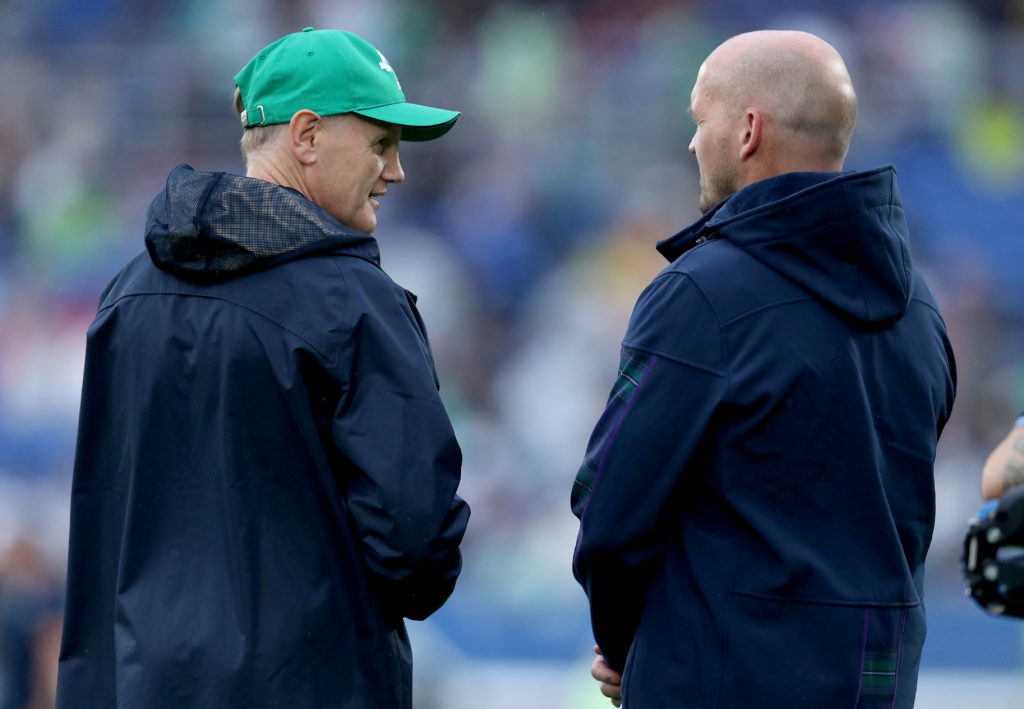
Around the 30 minute mark, multiple Scottish forwards – touted before the game as being the fittest in the World Cup by Gregor Townsend – were scattered all over the floor. Some were on one knee, some were bent over sucking enough wind to create a vacuum in the first few rows of the stands, others were dry heaving.
It’s no surprise to learn that Ireland directly targeted the Scottish front five for physical treatment and that facet of the game – the mobility and fitness of your front five – is a growing trend in the game.
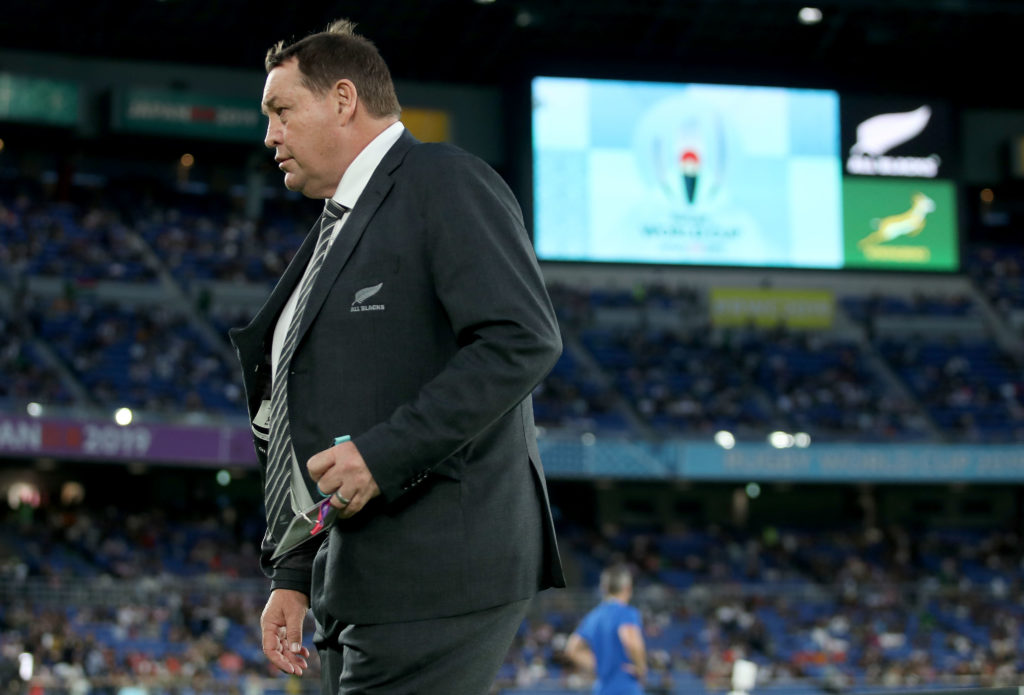
The All Blacks head coach Steve Hansen gave a small clue regarding this in his explanation for leaving Owen Franks out of his 31 man squad for the World Cup.
“We believe the game requires us to have big, mobile number ones and threes (props)”.
Big, mobile number ones and threes. But what do mobile props have to do with defence? And what does this have to do with Scotland?
Bear with me, I’m getting to that. First, we need to break out some graphics. Below is an ideal front five defensive alignment on a centre-field ruck position.
“T” is the player making the tackle and out of the game in this instance. “R” is the ruck itself.We want our big defensive front five leader – James Ryan is a good example from an Irish context – in a position to make a tackle on the “openside” of this central ruck so #5 is in a good spot here.
Our biggest, heaviest guys are in the middle of the field where they can match up with their opposite numbers and, crucially, avoid being isolated in the wider areas where quicker, more agile players can attack their size and skate right past them.
The back row and midfield slot into place around our front five and build our primary line. Ideally, heavy lads stay close to the ruck while the more athletic players fan out towards the edges of the defensive line.
I’ve highlighted our tight five in red to show how everything gets built around their positioning. When Hansen spoke about the need for “big, mobile ones and threes” he was talking about the core problem that faces most top-level teams when it comes to their props.
That problem is finding the balance between elite scrummaging ability, elite lineout lifting/mauling, heavy ball carrying, defensive stopping power AND an ability to fill space laterally. That final quality comes into play on defensive sets in the aftermath of a set-piece, multi-phase defensive sets and increasingly on kick transitions.
Only very special props will have five qualities to the highest level. Most will have three, maybe four of those qualities. The likes of Mako Vunipola and Tadhg Furlong have all five of those key qualities to an elite level, in my opinion. Owen Franks has three of them at this stage in his career, in my opinion.
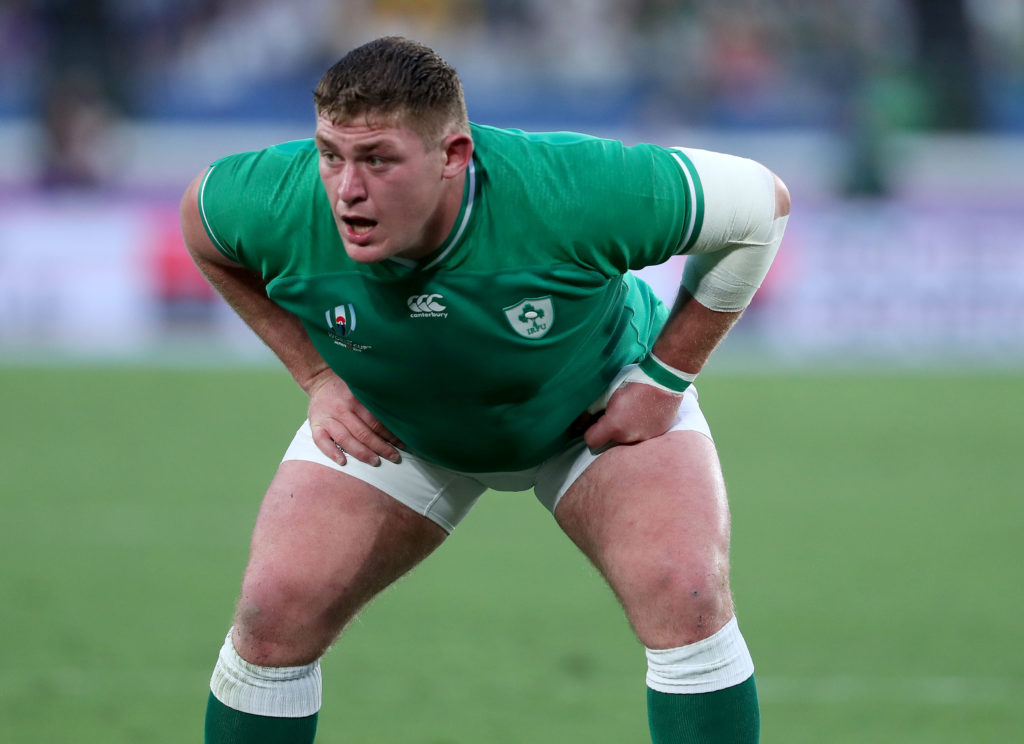
Lock forwards get assessed in a similar vein but with some variations like lineout jumping and/or tactical awareness. But why are these criteria important for Scotland?
Scotland, as Schmidt identified, have a problem in their tight five.In the last two Six Nations championships, Scotland have been consistently in the bottom two for tries conceded – no prizes for who’s always bottom of that table – and would have finished with the lowest amount of tries scored for the last two years had it not been for five second-half tries against England on the last day of this year’s championship.
I think both of those numbers are mostly down to their tight five.
Now, when I write “tight five” here, that doesn’t always have to refer to numbers 1-5 literally. Munster, for example, have a system for our Category 1 team that puts Kilcoyne, Scannell, Ryan, Kleyn and Stander as our “tight five” with Tadhg Beirne defending like a back row depending on who’s playing openside.
But I think you have to have five big, physical dominant forwards defending the close range spaces with your “back row” and centres filling the gaps around them as required depending on the situation.
Scotland have two outstanding flankers – Watson and Barclay – but lack that third ingredient in the back row and, in my opinion, don’t have a heavy hitting defender in midfield.
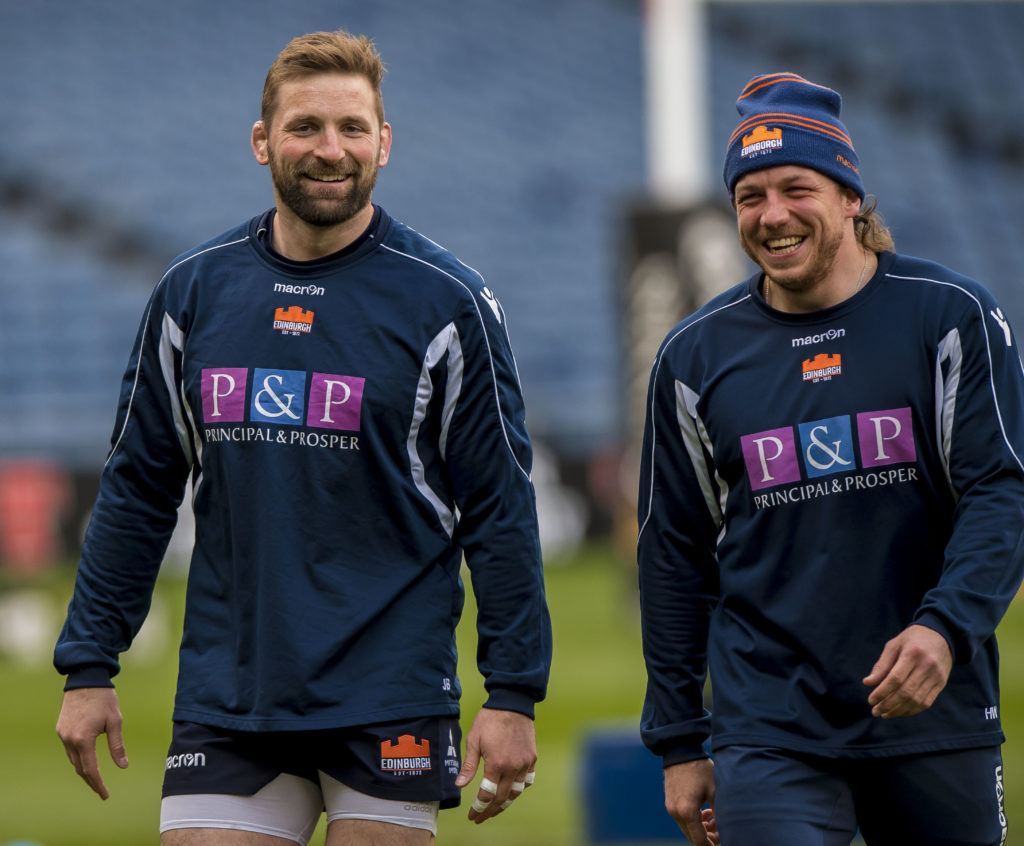
That means that, all too often, Scotland end up scrambling in defence, especially when their tight forwards get dragged out of position. When you saw Ryan Wilson lining out on Saturday, you knew that Scotland would come up a little light in the heavy exchanges because Schmidt’s game sheet would look to engineer those exchanges under the worst scenarios from a Scottish POV.
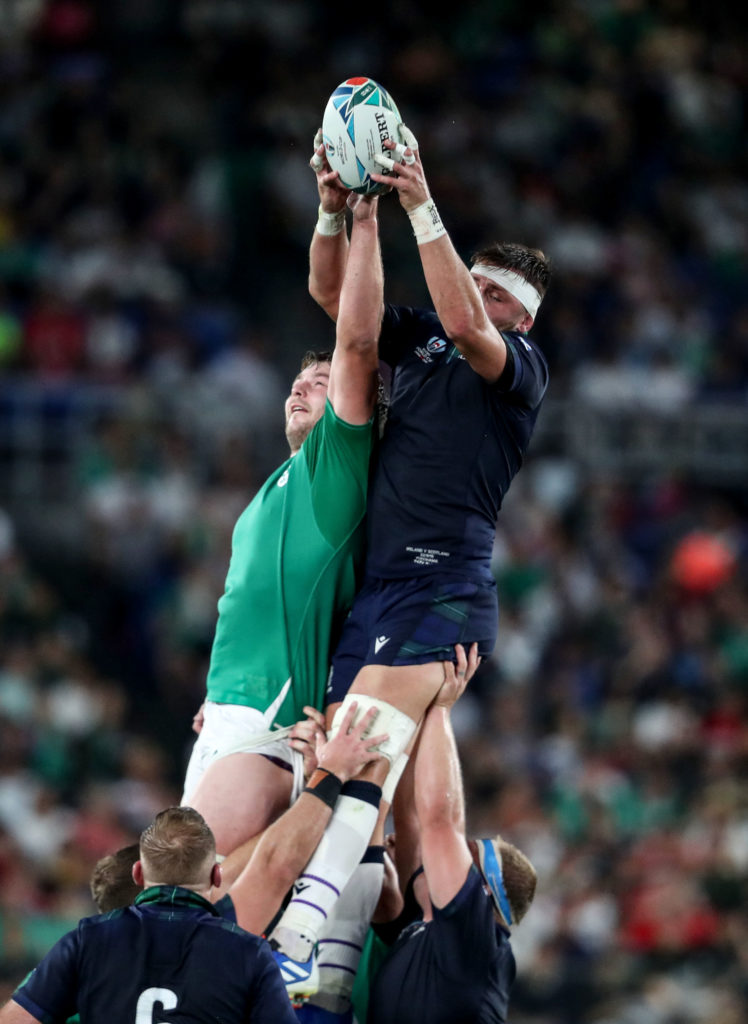
Townsend tried to select the biggest tight five possible to help Scotland’s offensive game but any collective selection he makes doesn’t have the ball carrying, defensive stopping power or lateral movement they need to plug the holes that consistently show up, especially under massive physical and cardiovascular pressure.


